The World Economic Forum (WEF) has recognized Ripple and the XRP Ledger (XRPL) as key players in the future of asset tokenization. In its latest report, “Asset Tokenization in Financial Markets: The Next Generation of Value Exchange,” WEF highlights how Ripple and XRPL are driving innovation by enabling the tokenization of real-world assets like private equity (PE), boosting efficiency, transparency, and accessibility in financial markets.
Among notable mentions, the report references the $1 billion tokenized PE and debt fund launched by Aurum Equity Partners on XRPL, showcasing its capability as a scalable Layer-1 blockchain supporting liquidity and fractional ownership. Ripple’s strategic acquisition of Metaco, a Swiss-based digital asset custody provider, is also spotlighted as part of a trend toward specialized custodial and compliance services critical for institutional adoption.
Metaco continues to gain traction in traditional finance (TradFi), aligning with initiatives such as Rulematch, a digital asset trading venue designed for banks and financial institutions. Backed by major investors like Ethereum co-founder Joseph Lubin, Rulematch underscores Metaco’s growing influence in institutional crypto infrastructure.
As private equity is projected to reach $7 trillion by 2030, with 10% expected to be tokenized, platforms like XRPL are already lowering investment barriers—from $100,000 to $10,000—enabling wider investor access.
Despite these advances, Ripple remains entangled in legal proceedings with the U.S. Securities and Exchange Commission. A recent motion seeking judicial clarity on a proposed $50 million settlement was denied by Judge Analisa Torres, extending regulatory uncertainty.
Nevertheless, Ripple’s continued strategic moves suggest it is committed to shaping the digital asset landscape, leveraging XRPL and Metaco to bridge crypto and traditional finance.





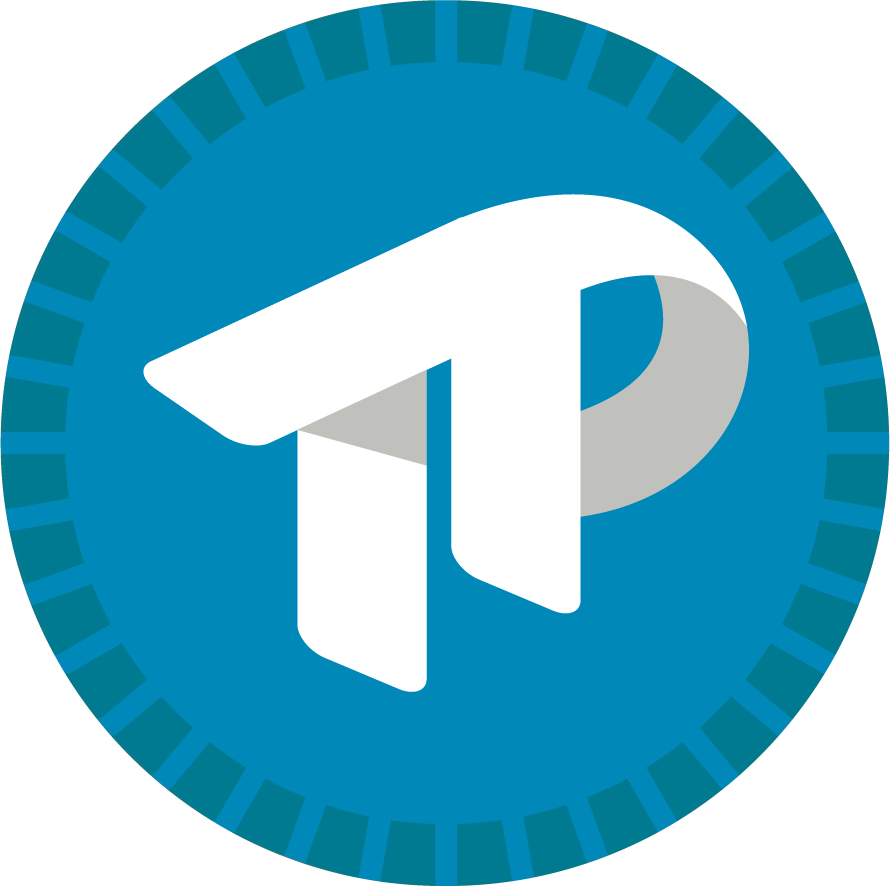
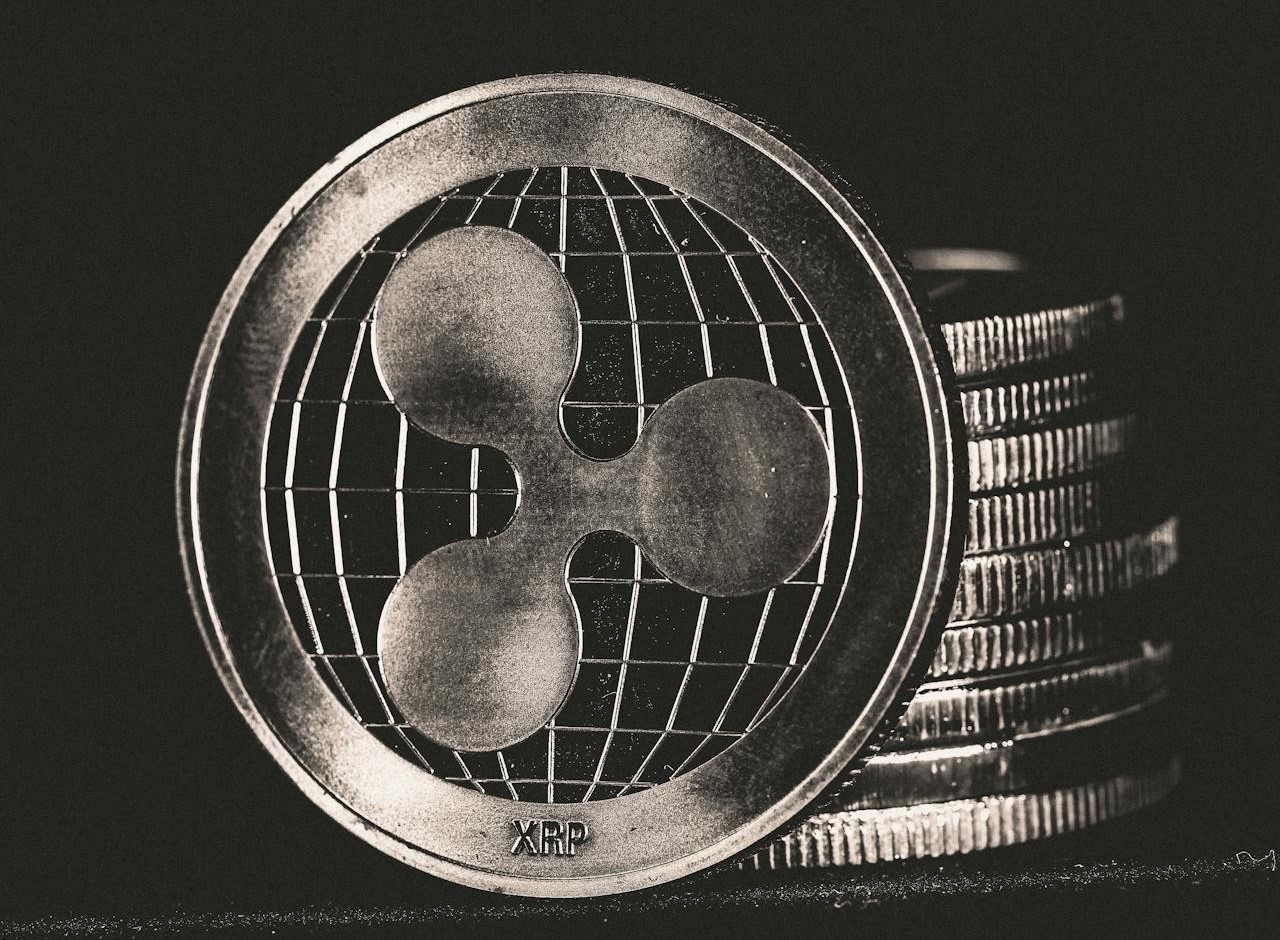





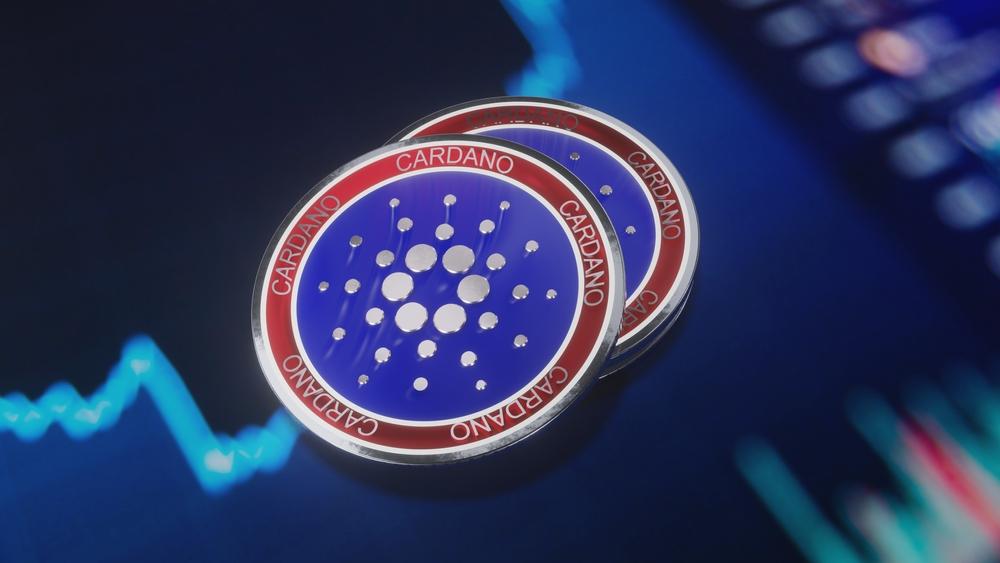
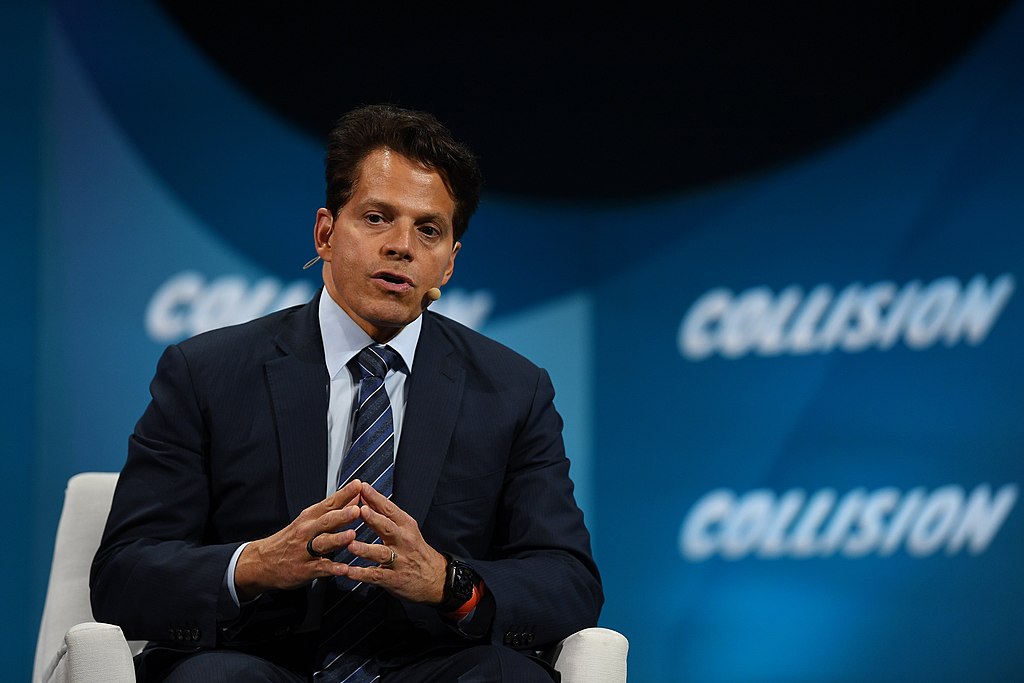
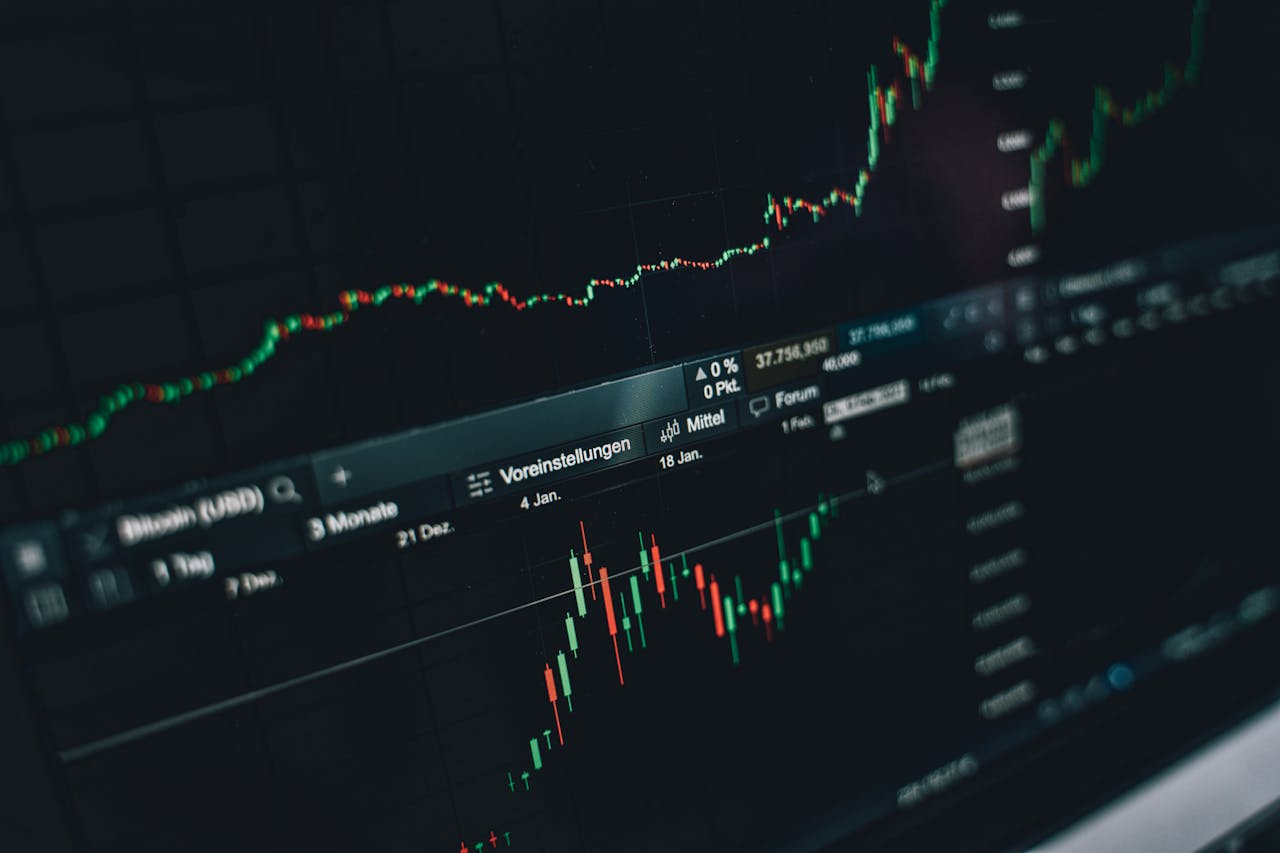

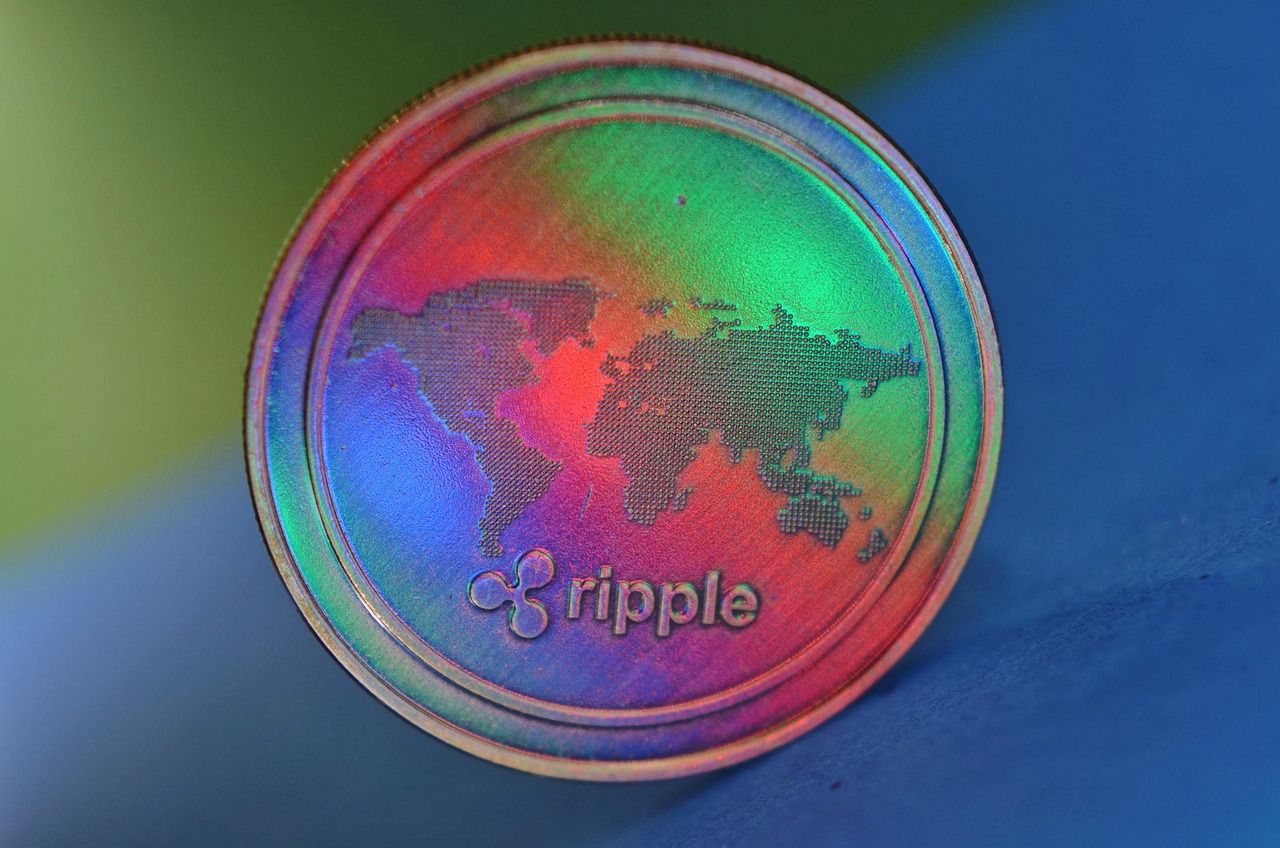
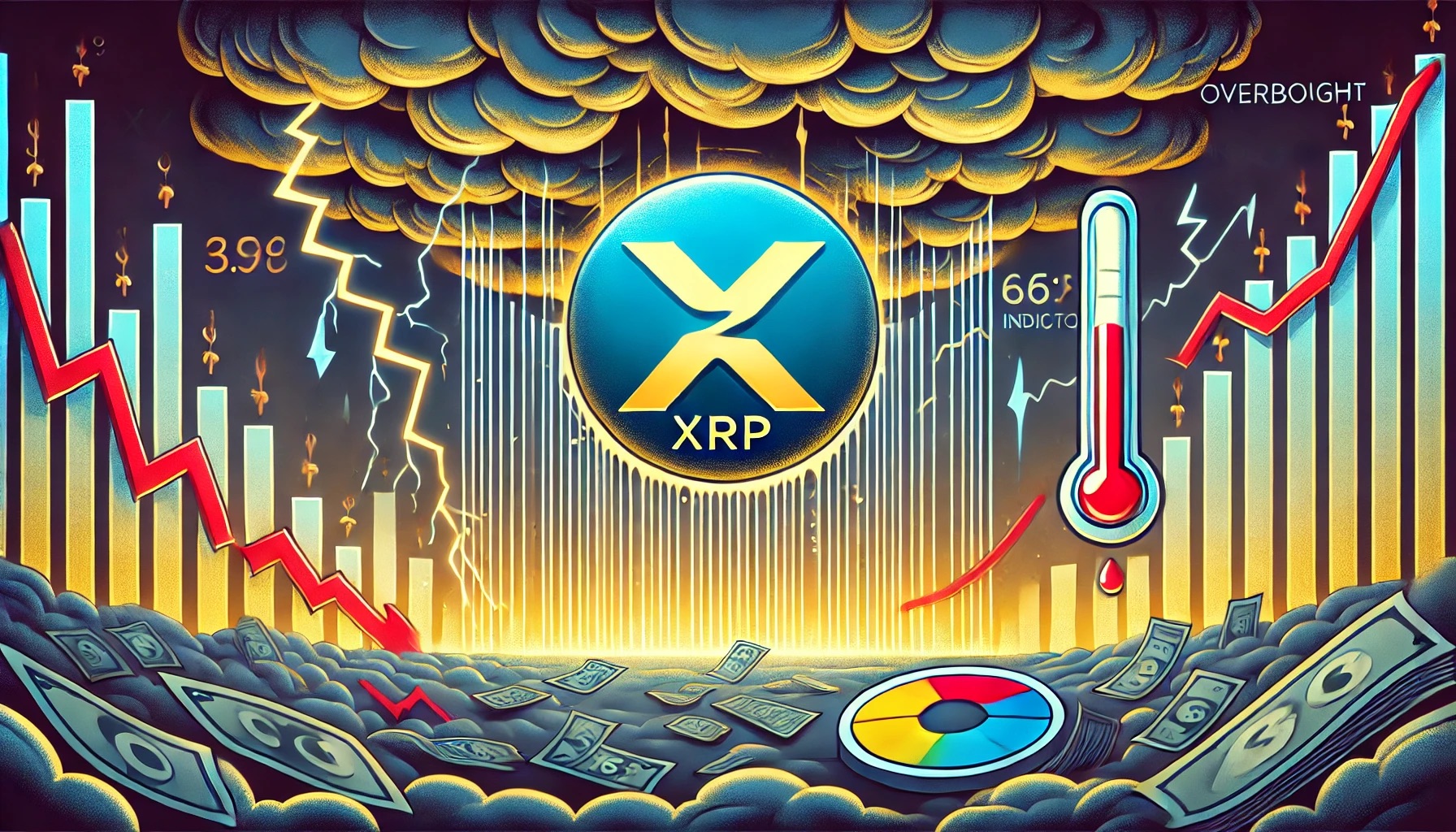

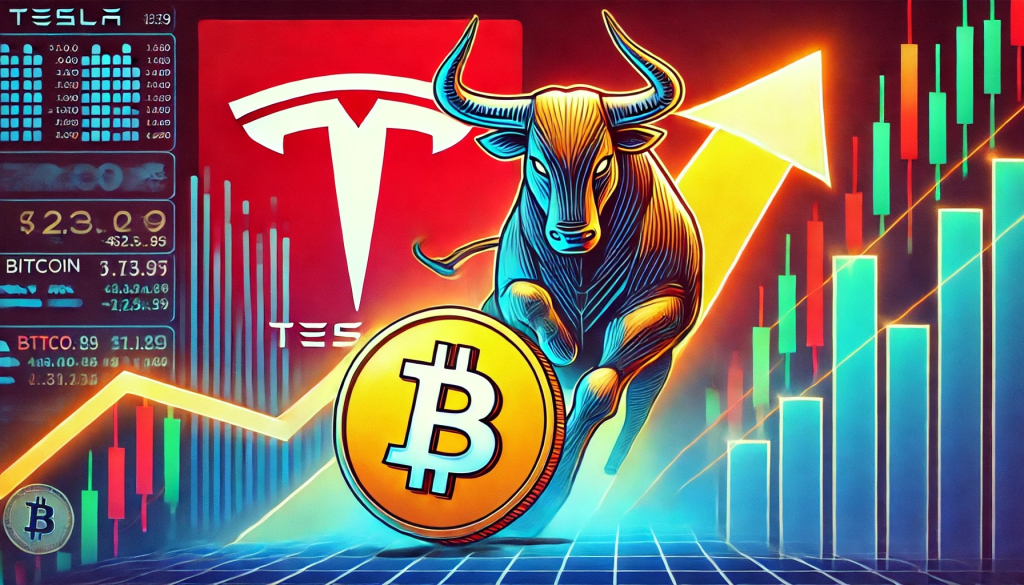



Comment 0